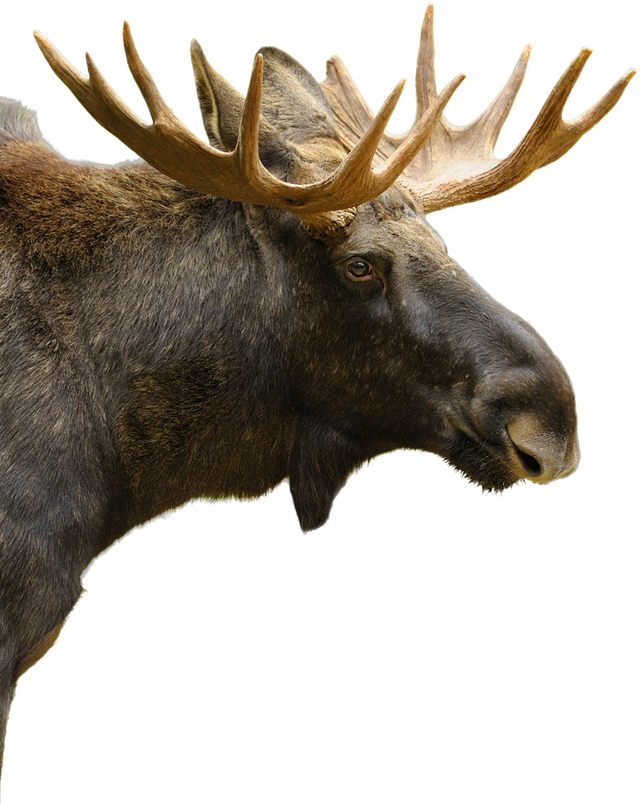TheSky
I’mnotalwayslookingdownintothewater,though.TheskiesaboveNewfoundlandarefilledwithseabirds.Seabirdsformcoloniesofthousandsofbirds.Parentsfirstraisetheirchicksonland.Whentheyoungbirdscanfly,theyallflytogethertothe ocean.
Thebest-knownbirdsontheislandareAtlanticpuffins.It’shardnottonoticetheirbrightorange-redbillsandfeet.PuffinsusethemtodigundergroundburrowsinthegrassyareasofGullIsland.There,protectedfrompredators,puffinparentsraiseasingle chick.
Thesepotato-shapedbirdsarestrongfliersandexcellentswimmers.Theytaketotheskyanddivedownward,straightintothewater.Thentheyresurfacewithbeaksfullof fish.
PuffinsareafamiliarsightonGull island.
Northerngannetsarestrongflyersthatnestonthesidesof cliffs.
Newfoundlandhasanotherwingedvisitor.It’scalledthenortherngannet.Theyarebiggerthanpuffinsandshapedlikeanairplane.Theirbodyisdesignedtostayairborne.Theyjustholdouttheirwingsandglidewiththewind.Theyarehardtomiss!Thespecialmarkingsaroundtheirblueeyesmakethemlookliketheyarewearing makeup.
I’vetraveledtoaplacecalledCapeSt.Mary’stoseethesefancybirds.Youmusttravelon longdirtroads.Thenyouhikedownalong,steeptrailtowardtheocean.Attheendofthetrail,there’sacliffwitha91-meter(300-foot)drop.Justontheotherside,therearethousandsofgannetsnestingintheopen.It’s spectacular!

Mooseoftenmunchonnative plants.
TheLand
Newfoundlandalsohasitsshareofmoose.Theydidn’tcomefromhere,however.Peopleintroducedtheseanimalstotheislandmorethanahundred years ago.
Moosequicklyadaptedtothisenvironment.Thousandsliveintheforestsandwetlands.Theygrazeongrassesandotherplants.Astheymunchonallthenativeplants,theychangetheplantecosystem.It’ssomethingweneedtopayattention to.
TheFullPicture
Whyisitimportantforamarinebiologisttopayattentiontolandandskycreatures?Newfoundlandhastaughtmeabouttheconnectionsbetweensea,sky,andland.I’velearnedthatallofthelivingthingsinanecosystemrelyoneachother.Forthebirdsin theskytothrive,theyneedthefishintheocean.Forlandanimalstoprosper,theyneedplantsandotheranimalsto eat.
Asascientist,it’simportantformetoobserveallaspectsofanecosystem.Youcanobservetheecosystemaroundyou,too.Bythinkingcriticallyaboutourworld,wecanstarttoseehoweverythingfits together.
Newfoundland’ssea,sky, andlandarefilledwith life!